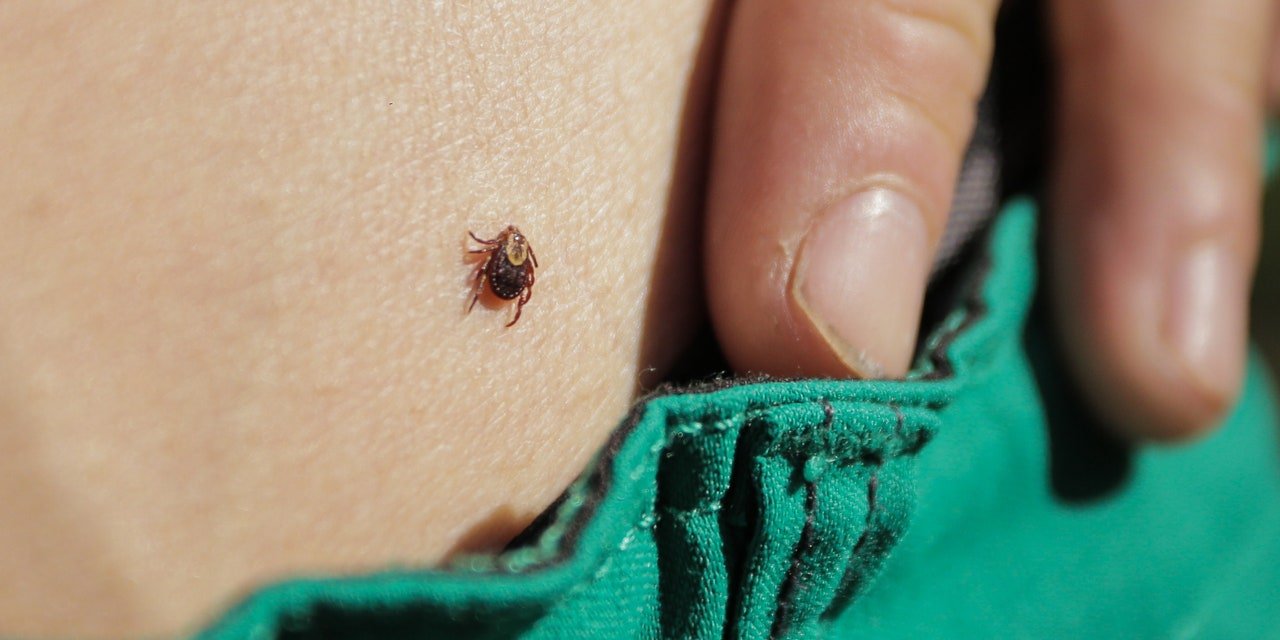It’s never fun to encounter a spider, bed bug, or cockroach (shudder), but finding a creepy-crawly like a tick actually on you—or even worse, embedded in your flesh—might feel like next-level horror. That’s because tick bites are the primary cause of Lyme disease, which can cause a host of uncomfortable, but sometimes subtle symptoms, including weird rashes, fever, and joint pain.
Before you freak out, know that Lyme is treatable: As many as 476,000 people in the US are diagnosed every year, and with the proper antibiotics, there’s a good chance you should be able to ward off problems, even at later phases of the infection. But how long does this eight-legged creature need to be attached to give you Lyme disease? Though the overarching answer is, frustratingly, “it depends,” there’s actually some good news: It’s probably longer than you think.
So how long does a tick need to be on me to infect me with Lyme disease?
If you happen to find one of these gross little critters on or beneath your skin, take a deep breath: A tick generally needs time to feast on your blood (blech)—at least 24 hours—before things lead to Lyme. And there’s a whole lot that has to happen behind the scenes to get to that point.
First, know that your chances of encountering an infected tick aren’t super enormous—and vary depending on where you are, explains Bobbi Pritt, MD, division chair of clinical microbiology at the Mayo Clinic in Rochester, Minnesota. The only ticks that can transmit Lyme in the US are black-legged, or deer, ticks, which you’re more likely to find in the northeastern, mid-Atlantic, and midwest part of the country. (You can check where different types of ticks live and track Lyme disease cases on various CDC maps.) And in those “high-risk” locations, anywhere from 10% to 50% of black-legged ticks carry the bacteria responsible for Lyme, called Borrelia burgdorferi.
Here’s how the process works: If a black-legged tick feasts on, say, an infected mouse, those bacteria end up in the tick’s gut, waiting for it to feed, Thomas N. Mather, PhD, a professor of public health entomology at the University of Rhode Island and the director of URI’s TickEncounter Resource Center, tells SELF. And as it gorges on your blood (ew), he explains, the bacteria multiply inside the tick, eventually making their way to its salivary glands to infect you (or your dog or kiddo), Catherine Brissette, PhD, a professor and Lyme researcher at the University of North Dakota, tells SELF. “The bacteria have to get kind of woken up, and then they travel up to the salivary glands to be transmitted,” she says. By the time the bacteria reach that stage, the bloodsucker isn’t just sucking—it’s also spitting out water from your blood that it doesn’t need through those salivary glands, and the bacteria flow with it. “They spit and suck and spit and suck,” Mather says.
















Leave a Reply